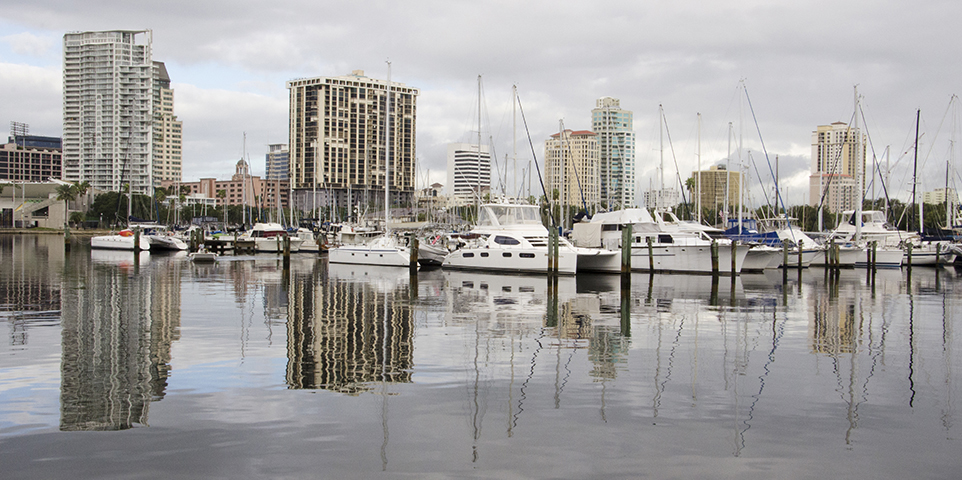Executive summary
- The exposure value of the residual property market in hurricane-exposed states continues its decline from the peak levels seen in 2011. Between 2011 and 2014, total exposure to loss in the plans fell by almost 30 percent to $639 billion. Policy counts in 2014—at around 2.8 million—are also down from their 2011 highs.
- While attempts by certain states to reduce the size of their plans by the use of depopulation appear to be paying off, the fact that many of the plans charge rates that are not actuarially sound and do not accurately reflect the risk of loss means that a major hurricane could expose residents in certain states to billions of dollars in post-storm assessments.
- As reinsurance pricing has come down in the United States, a number of the larger residual market plans have expanded their use of private sector reinsurance, including catastrophe bonds, to manage their hurricane exposure. Florida Citizens Property Insurance Corp’s record-setting $1.5 billion catastrophe bond issued in 2014 (the largest single catastrophe bond issuance in history)—is just one example.
- As long as the plans continue to grow and their coverage remains underpriced, state finances will remain under threat, while policyholders and ultimately taxpayers, many of whom live nowhere near the coast, will continue to face the prospect of increased assessments in the years ahead.
Please click on the file name below to view the white paper in PDF format. You will need Adobe Acrobat Reader to view the file.
Download residual_markets_wp_051616.pdf
You can download Adobe Acrobat Reader, free of charge, from the Adobe website (https://www.adobe.com/products/acrobat/readstep.html).
Note: Printer fonts may vary by browser and version of Adobe Reader.
Back to top
